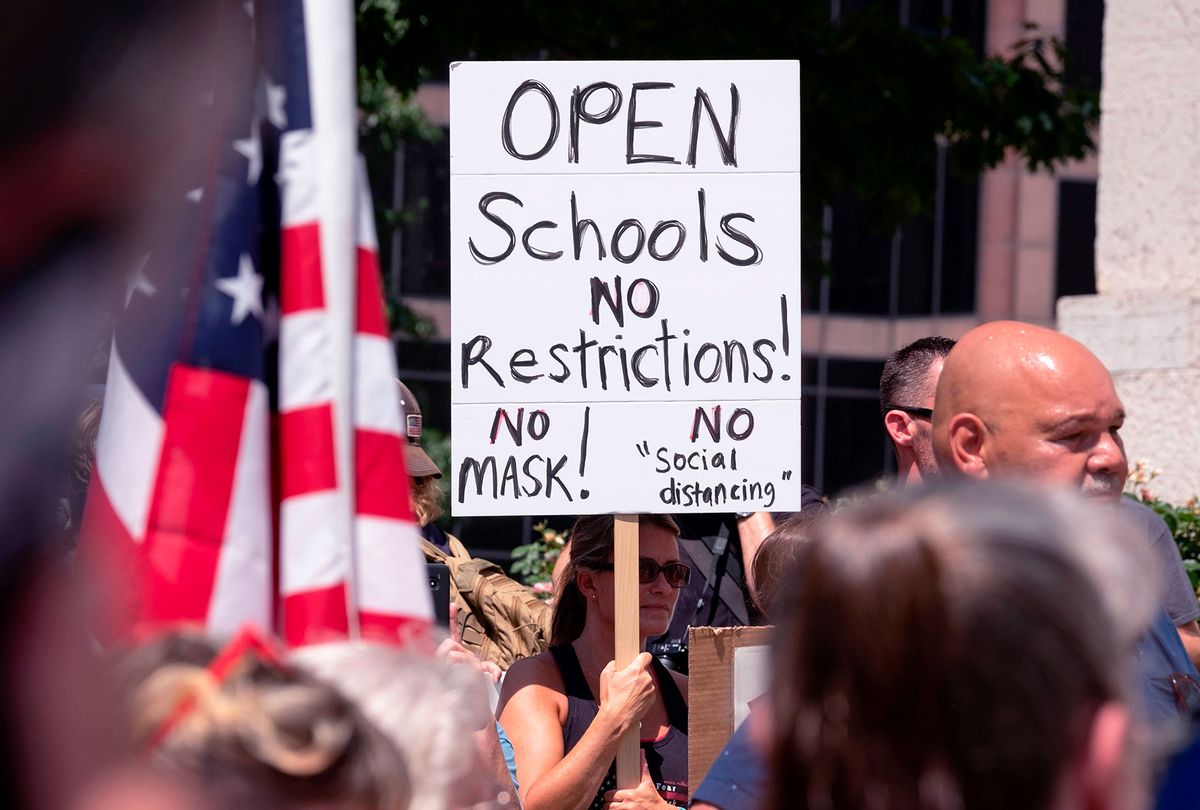Following promising phase III clinical trials, the UK and Canada have approved Pfizer's novel vaccine against COVID-19. In the U.S., the FDA has given emergency use authorization (EUA) for the Pfizer vaccine and the first doses were administered on December 14. These are collectively tremendous accomplishments and suggest that the virus causing COVID-19 can be contained through an immunization program. However, that hinges on these vaccines actually getting administered to people. This may be an unanticipated hurdle to relief from the pandemic.
A poll from the Pew Research Center in mid-November shows that about 60 percent of Americans would get an approved COVID-19 vaccine. While this is up from September polls and a Gallup poll in October, which indicated only about 50 percent of Americans were planning to get a vaccine against COVID-19, this would be below the 70 percent of the population the FDA estimates would need to be immunized in order to meaningfully reduce spread of the virus.
Many of these people who have reservations about getting immunized, sometimes called "vaccine hesitant," are concerned about how safe and how effective a vaccine which has been produced so quickly can be. These concerns were reflected in a JAMA paper in published in October, where there was survey subjects indicated lowered faith in a vaccine licensed under an EUA from the FDA than one which went through the standard approval process. Furthermore, some groups, such as Black individuals, can be distrustful of American public health institutions because of historical abuses in medical science and maintained biases that impact health outcomes today. This highlights a need to strategize communication efforts amongst scientists and public health officials to address these specific concerns so people understand and trust the science behind these vaccines.
Most of us are not familiar with the details of clinical trials, but we understand that they are designed to ensure new medicine works and is safe. If we know anything else, it is that clinical trials usually take a long time. In the absence of good communication and transparency about how these trials are being accelerated, many people can become concerned that corners were cut or scientists don't fully know if these vaccines are safe and effective. It is not enough to say "this is safe" as reason to accept a vaccine, nor will data transparency alone be helpful in convincing people of safety or efficacy. The data released will likely be densely laden with jargon and statistics most people can't decipher.
Instead, a thorough network of public health officials, physicians, and the scientific community should take the advice outlined in a report jointly from the Center for Health Safety and the International Access Center. The report recommends the development of an approach centered on communicating these vaccines safety, risks, benefits, and availability to the public in a non-partisan and empathetic manner to the general public.
Examples, such as this video from University of Oxford, about how the process was sped up, that are condensed into convenient and understandable formats could be one tool to communicate how scientific integrity was maintained while meeting urgent needs for a product. Content which illustrates how the ability of the vaccine to prevent disease was assessed in clinical trials, and how it will continue to be monitored, would assure individuals of scientists' basis for confidence in these vaccines. While recommendations from leading public health experts from the FDA, CDC, and WHO would boost confidence and trust as well, these come after or in association with seeing proof of these vaccines safety and efficacy to most individuals.
A widespread campaign to address concerns and provide clear information would establish trust between science bodies and communities, giving individuals the power to make their own informed decisions. Conversely, mandates that enforce immunization, which have been suggested as a way to boost vaccine compliance lowered acceptance of a COVID vaccine: 44 percent of a study group agreed they would take a vaccine proven safe and effective, but only 14 percent agreed when asked if they would take the vaccine were their employer to recommend or require it.
One rationale this study cited for this is that, while mandates are effective at ensuring vaccine compliance, these are more likely to lower actual confidence and trust in public health measures, driving concerned individuals toward seeking healthcare providers willing to overlook vaccine recommendations and pursue exemptions in school and work. This is observed in childhood vaccination rates, where school requirements often improve immunization status unless medical and non-medical exemptions are available that vaccine-hesitant parents seek.
In these instances, educating parents on vaccine safety and benefits and disease severity was shown to significantly increase immunization for MMR and DTaP, by 5.1 percent and 4.5 percent respectively, and reduce medical exemptions. However, where non-medical exemptions were permitted, immunization coverage was not affected by state interventions or mandates. This demonstrates the importance of not only communicating vaccine safety and importance, but also to listen to the specific concerns of the individual patient or group and cultivate an open dialogue to establish trust.
Individual demographics are a vital consideration in any communication strategy. It is not without reason, as has been discussed, that greater hesitation to vaccination may be highly prevalent among Black people. This is despite the fact that this demographic has experienced cases, hospitalizations, and deaths at a greater incidence than white, non-Hispanic individuals. Communication efforts must address the specific concerns people have and provide the trust that they will be protected throughout their acceptance of these vaccines.
At the end of the day, even the most protective vaccine will not matter if not enough people take it. Widespread vaccination can be achieved by organized efforts on the part of public health officials, physicians, and science communicators, to illustrate how scientists have still assessed safety and protection in these products even on this accelerated timeline. People want to understand how there is so much certainty in these vaccines; many are suggesting waiting until "they see the evidence." Scientists have the evidence, it is just a matter of communicating it.![]()


Shares